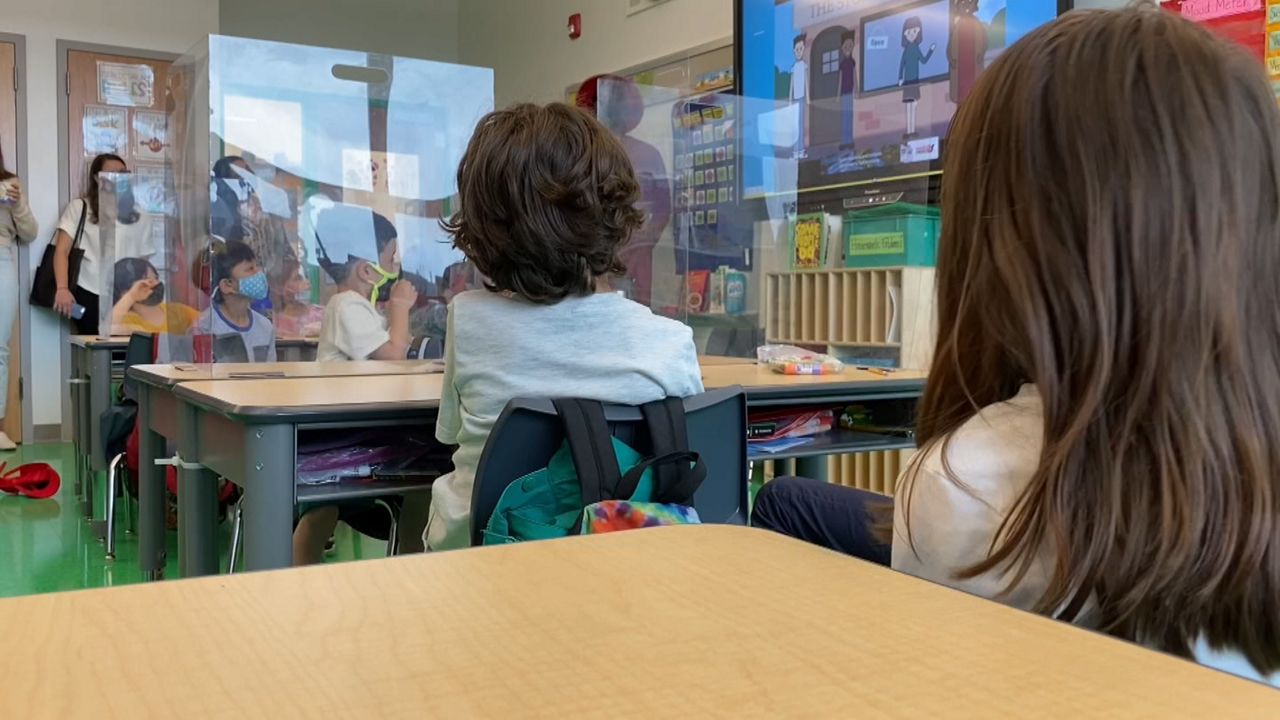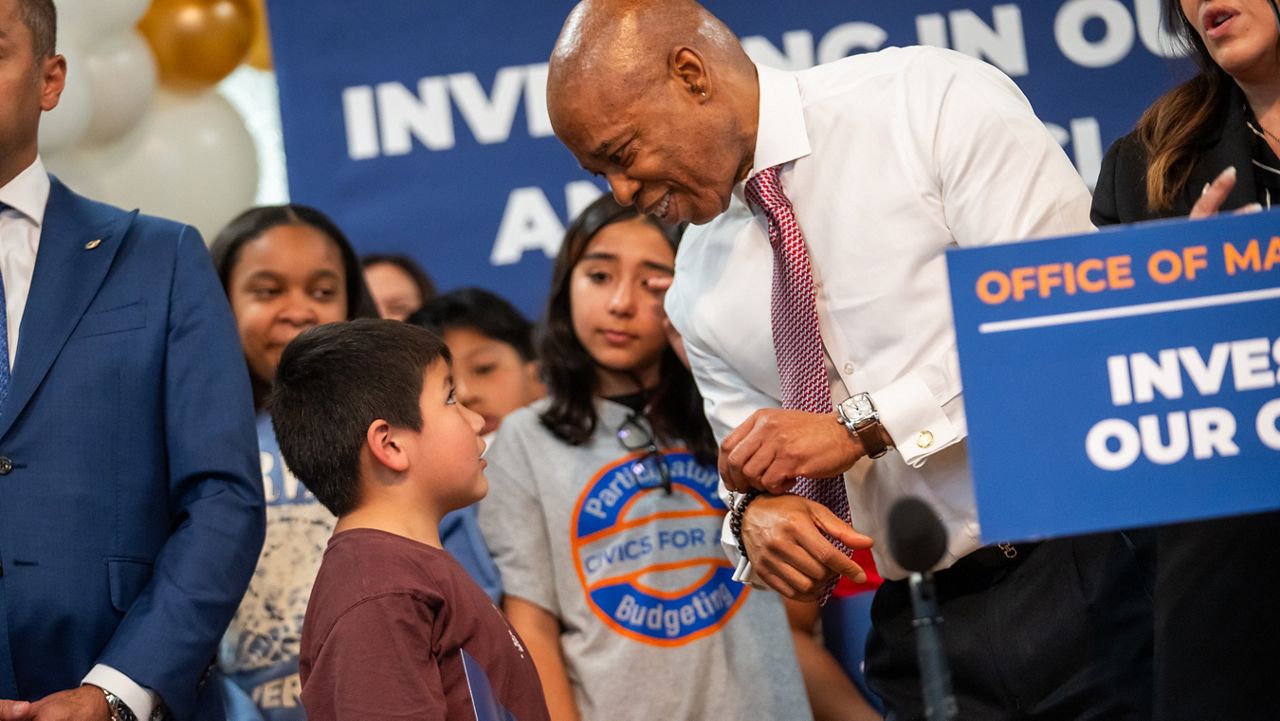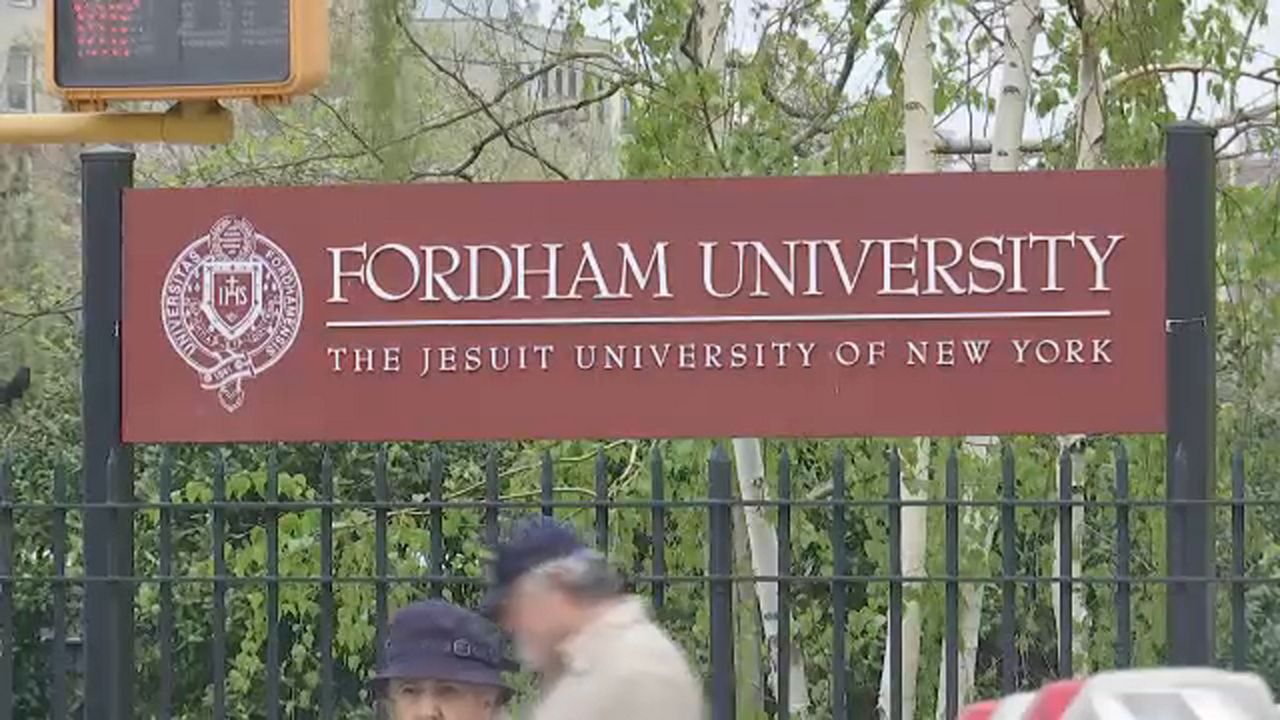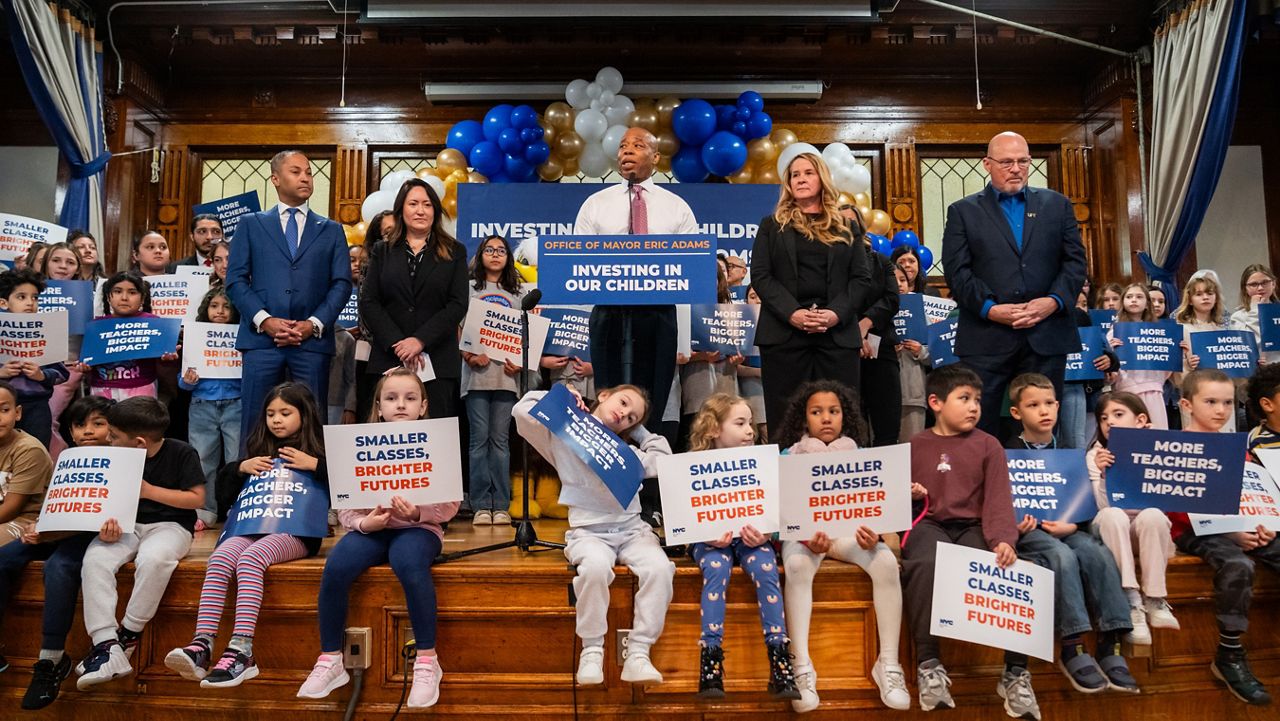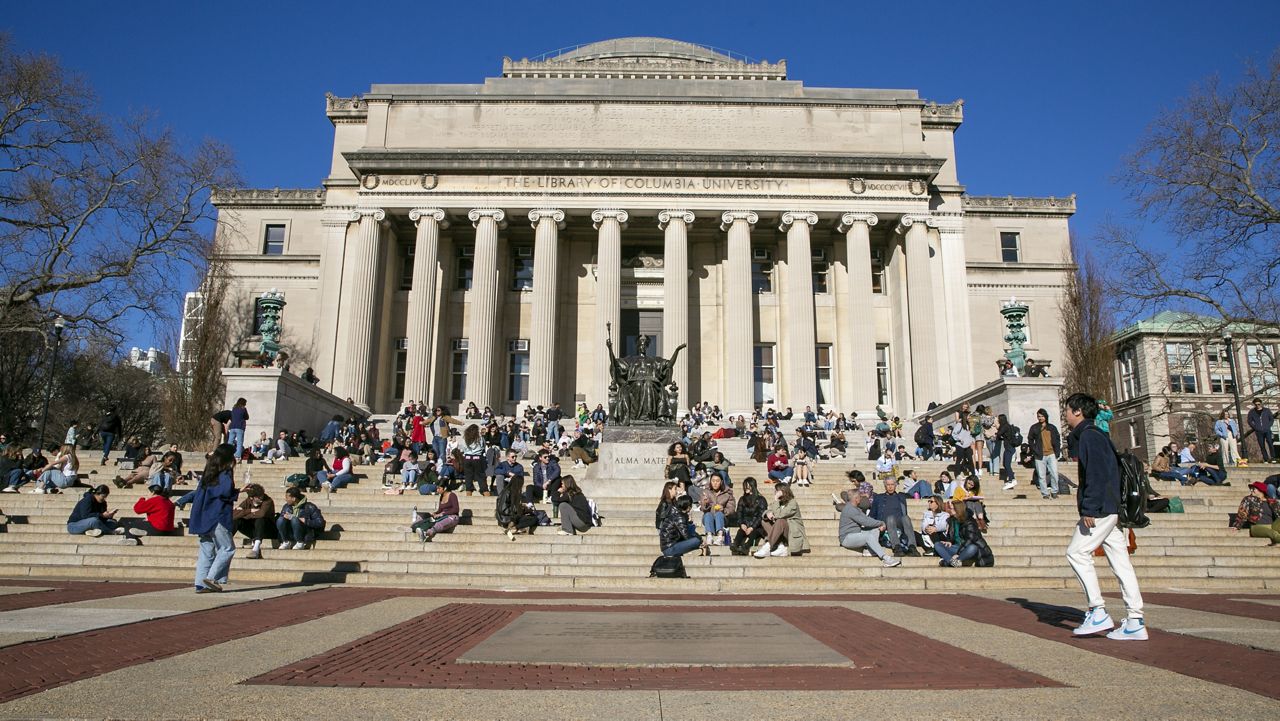Since the pandemic hit, the number of students attending New York City public schools has plummeted 8% -- a trend that will start impacting schools this fall in the form of lower budgets.
For the 2021 to 2022 school year, enrollment in district public schools was 919,136 students.
Last school year, 2020 to 2021, it was 955,490 students.
And in 2019 to 2020, enrollment was just over one million: 1,002,200.
Enrollment was falling, though less sharply, even before the pandemic, and the drop here mirrors a national trend for large urban school districts over the last two years.
“Is it the birth rate, is it people moving, is it an exodus from the public schools into home schooling perhaps? We don’t know yet,” David Bloomfield, an education professor at Brooklyn College and the CUNY Graduate Center, said.
Mayor Eric Adams says he’s working to lure parents back to classrooms.
“We’re doing the things that parents were troubled about: gifted and talented programs in every district, we’re going to ensure our schools are safe, and we’re also going to create a better experience in our schools,” Adams said.
But the enrollment drop may mean some schools struggle to create better experiences because they’ll be getting less funding, since school budgets are tied to enrollment.
“The worst thing Adams could do is abandon ship and cut the schools so that they’re less attractive instead of more attractive,” Bloomfield said.
During the pandemic, school budgets were not lowered even when enrollment fell below projections. This year, they will be. Adams insists the reduced funding isn’t a cut, because schools will be fully funded for the students they actually serve.
“We had a drop in students. One-hundred percent of the fair student funding is still in place, 100%, so whoever is giving this false narrative because it’s a good sound bite, that we cut, no we didn’t,” Adams said.
But this winter, the Adams administration itself listed the funding reduction as part of its Program to Eliminate the Gap, an initiative to cut city agency budgets by 3%.
Enrollment seems poised to continue falling. Just 73,696 students applied for high school seats next fall, down from 77,627 last year. In middle schools, there were 61,771 applicants, down from 66,516.
Kindergarten offers fell less sharply this year to 54,148 from 55,421. But they are still considerably lower than the 62,880 children offered seats in 2020.
Three-K enrollment is on the rise, as that program expands across the city.
The city also released data on admissions to specialized high schools like Stuyvesant and Brooklyn Tech that use a single exam, known as the SHSAT, to admit students.
Yet again, very few Hispanic and Black students were offered seats at the schools, despite making up the majority of the city’s school system. Only 5.7% of offers went to Hispanic students, and just 3.2% of offers went to Black students. More than half of seats, 52.5%, were offered to Asian students; while white students accounted for 27.8% of the students offered a coveted spot.
That translates into starkly low numbers at some schools. At Stuyvesant High School, just 11 Black students were offered a spot. No Black children were offered a seat at Staten Island Technical High School.
The numbers remain stubbornly disproportionate to the school system at large, despite attempts to offer test prep and increase awareness among Black and Hispanic students. Efforts to boost enrollment among those students both by the city and by private donors who support continuing the use of the SHSAT have not moved the needle.
Former Mayor Bill de Blasio had sought to end the use of the exam, but the test is governed by state law, and his administration was stymied in Albany. Mayor Adams has said he wants to keep the test in place, but expand the number of specialized high schools.




